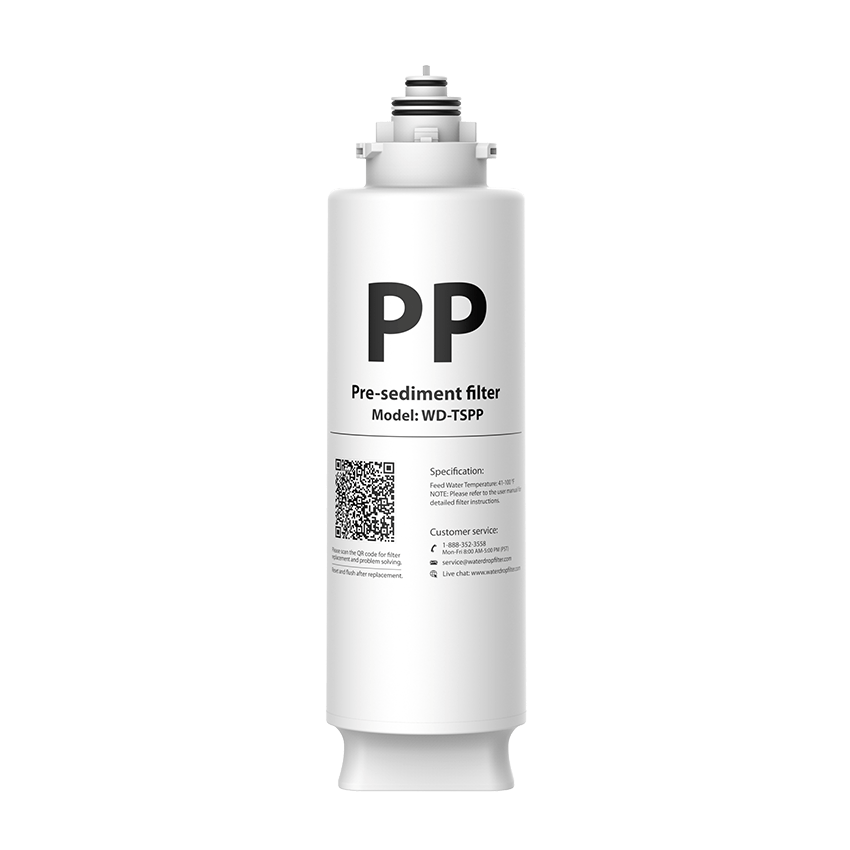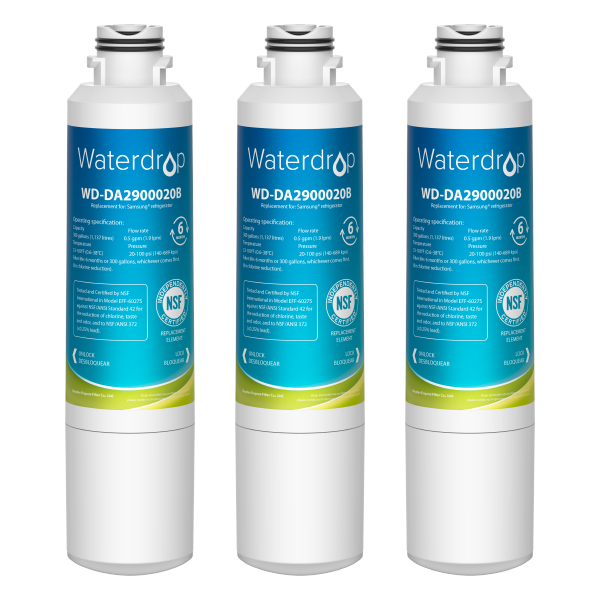Is Rainwater Safe to Drink in Australia?
by Dr. Jonathan Doyle - Updated January 10, 2025
Australia is renowned for its sunny days and vast landscapes, but one of the most interesting and practical features of the country’s climate is the abundance of rainwater. With many Australian households relying on rainwater tanks, the question of whether rainwater is safe to drink becomes increasingly important. In this blog, we will explore the pros and cons of drinking rainwater in Australia, how to ensure its safety, and why it’s a growing trend among environmentally-conscious Australians.
Whether you’re living in a rural area with limited access to clean tap water or simply looking to reduce your environmental footprint, rainwater harvesting can be a viable option. But, as with any water source, safety is paramount. Let’s dive into the details and answer the burning question: Is rainwater safe to drink in Australia?
What Is Rainwater Harvesting and How Does it Work?
Rainwater harvesting involves collecting rainwater from rooftops or other surfaces and storing it for later use. In Australia, it’s a popular practice, especially in regions where water is scarce or expensive. The process typically involves the following steps:
1. Collection - Rainwater is captured through gutters and downspouts, which direct the water into a storage tank.
2. Filtration - The water often passes through filters to remove debris, leaves, and other contaminants.
3. Storage - After filtration, the water is stored in tanks, often made of materials like plastic, steel, or concrete.
4. Distribution - The stored water can be pumped through pipes for use in the home or garden.
In rural areas, many properties rely solely on rainwater tanks for drinking water, while in cities, it’s more commonly used for non-potable purposes such as watering gardens or flushing toilets. However, the question remains: Is rainwater safe to drink?
Is Rainwater Safe to Drink in Australia?
Rainwater, when collected properly, can be safe to drink. However, several factors determine its potability (safety for human consumption). Below are the key factors to consider when evaluating whether rainwater is safe to drink in Australia.
Quality of Collection Surfaces
The quality of the surface where rainwater is collected plays a significant role in determining whether it’s safe to drink. Rainwater falling on clean, well-maintained surfaces like metal or tile roofs can generally be collected safely. However, if your roof is made of asbestos, rusted iron, or other porous materials, it may pose a risk, as contaminants from these surfaces can leach into the water.
Gutter and Downpipe Maintenance
Regular maintenance of gutters and downpipes is essential to ensure the collected rainwater remains clean. Leaves, dirt, bird droppings, and even animal carcasses can accumulate in gutters and contaminate the water. It’s important to regularly clean your gutters to prevent these hazards. Installing leaf guards or first flush systems can also help improve the quality of rainwater before it enters the tank.
Storage Tank Cleanliness
The condition of your rainwater storage tank is equally important. Tanks should be cleaned and disinfected regularly to prevent the growth of bacteria, algae, and other contaminants. If the tank is exposed to sunlight or hasn’t been cleaned in years, it could lead to contamination that makes the water unsafe to drink.
Filtration and Treatment Systems
Proper filtration and treatment are crucial to ensuring the safety of rainwater for consumption. Many Australians use filters to remove sediments and larger particles, but additional treatments like UV sterilization or chlorination may be necessary to eliminate bacteria and pathogens that could pose health risks. Some people also opt for reverse osmosis systems to purify their water further.
Health Risks of Drinking Untreated Rainwater
Drinking untreated rainwater can expose you to a range of health risks, including:
For these reasons, it’s crucial to take precautions when drinking rainwater, especially if it hasn’t been treated or filtered.
How to Make Rainwater Safe for Drinking in Australia?
Install a First Flush System
One of the simplest ways to ensure that rainwater is safe to drink is by installing a first flush system. This system diverts the first portion of rainwater that runs off the roof, which is often the dirtiest, into a separate drainage area. After the first flush, cleaner rainwater is then directed into the tank for storage. This helps remove contaminants like dirt, bird droppings, and leaves, ensuring that the water you drink is of higher quality.
Regular Tank Maintenance and Cleaning
A well-maintained tank is essential for keeping rainwater safe to drink. You should clean your rainwater tank at least once every three to five years to remove accumulated sediment and prevent the growth of algae and bacteria. Disinfecting your tank with food-grade hydrogen peroxide or chlorine will also help ensure that any harmful microorganisms are eradicated.
Use a Quality Water Filtration System
To make sure your rainwater is safe for drinking, consider installing a high-quality filtration system. This could include carbon filters, reverse osmosis system and UV sterilization units. A multi-stage RO filtration system is often recommended for households that rely on rainwater for drinking. These systems work by removing particles, chemicals, and pathogens from the water, making it safe for human consumption.
Water Testing
It’s essential to test your rainwater regularly for potential contaminants. You can test for bacteria, chemicals, and heavy metals to ensure the water is safe to drink. In Australia, various government and private organizations offer water testing services, and it’s a good idea to conduct these tests every 12 months. Testing your rainwater gives you peace of mind that it’s safe for consumption.
Why Australians are Choosing Rainwater for Drinking?
Environmental Benefits
Australia is one of the driest continents on Earth, and water conservation is critical. By harvesting rainwater, you’re reducing your reliance on mains water and helping to conserve precious water resources. This is particularly important in rural areas where water can be in short supply or expensive.
Cost Savings
For many Australians, particularly in rural regions, mains water can be expensive and unreliable. Rainwater harvesting is a cost-effective alternative that can reduce water bills, especially if you use rainwater for drinking, washing, and irrigation. In some cases, it can even provide complete independence from municipal water supplies.
Taste and Quality
Many Australians find that rainwater tastes fresher and cleaner than tap water, which can sometimes have a chemical or chlorinated taste. Since rainwater doesn’t go through the extensive treatment processes that municipal water does, it’s free from chlorine and other chemicals, making it a natural alternative.
Conclusion: Is Rainwater Safe to Drink in Australia?
In conclusion, rainwater can be safe to drink in Australia, but it’s important to take the necessary steps to ensure its safety. Proper maintenance of collection surfaces, gutters, tanks, and filtration systems are all crucial to keeping your rainwater clean and safe for consumption. While untreated rainwater can pose health risks, installing filtration systems and regularly testing your water can mitigate these risks and provide you with fresh, clean drinking water.
For Australians, particularly those in rural areas, rainwater harvesting is a sustainable, cost-effective, and environmentally friendly solution. With the right precautions, you can enjoy the benefits of drinking rainwater while ensuring your health and safety.
Contaminants Detected in Fruitland Water Special Service District
30
Contaminants
EXCEED EWG HEALTH GUIDELINES
EXCEED EWG HEALTH GUIDELINES
30 Total Contaminants in Your Water
Water Provider
Fruitland Water Special Service DistrictPopulation Affected
120,000Water Source
Ground waterExceeds Guidelines
Others Detected















